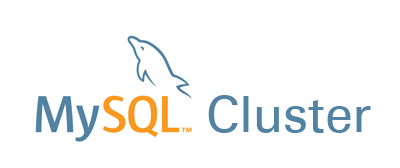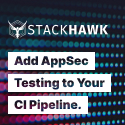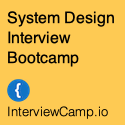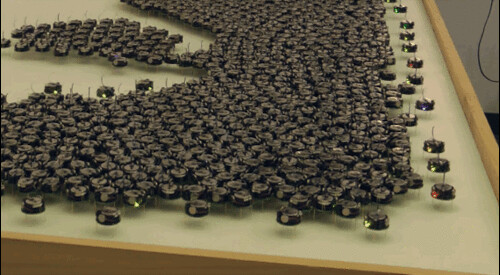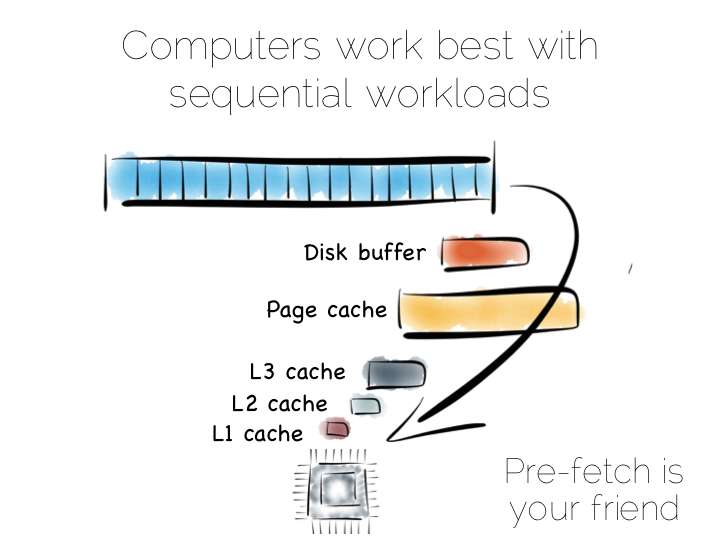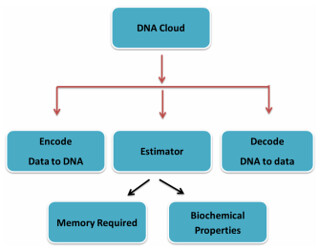Removing friction. That’s what the Apple Watch is good at.
Many think watches are a category flop because they don’t have that obvious killer app. Like hot sauce, maybe a watch isn’t something you eat all by itself, but it gives whatever you sprinkle it on a little extra flavor?
Walk into your hotel, the system recognizes you, your room number pops up on your watch, you walk directly to your room and unlock it with your watch.
Walk into an airport, your flight displays on your watch along with directions to your terminal. To get on the plane you just flash your watch. On landing, walk to your rental car and unlock it with your watch.
A notification arrives that it’s time to leave for your meeting, traffic is bad, best get an early start.
While shopping you check with your partner if you need milk by talking directly through your watch. In the future you’ll just know if you need milk, but we’re not there yet.
You can do all these things with a phone. Google Now, for example. What the easy accessibility of the watch does in these scenarios is remove friction. It makes it natural for a complex backend system to talk to you about things it learns from you and your environment. Hiding in a pocket or a purse, a phone is too inconvenient and too general purpose. Your watch becomes a small custom viewport on to a much larger more connected world.
After developing my own watch extension, using other extensions, and listening to a lot of discussion on the subject, it’s clear the form factor of a watch is very limiting and will always be limiting. You’ll never be able to do much UI-wise on a watch. Even the cleverest programmers can only do so much with so little screen real estate and low resource usage requirements. Instagram and Evernote simply aren’t the same on a watch.
But that’s OK. Every device has what it does well. It takes time for users and developers to explore a new device space.
What a watch does well is not so much enable new types of apps, but plug people into much larger and smarter systems. This is where the friction is removed.
Re-enchanting the World Disneyland Style
Click to read more ...
 Monday, May 18, 2015 at 8:56AM
Monday, May 18, 2015 at 8:56AM 